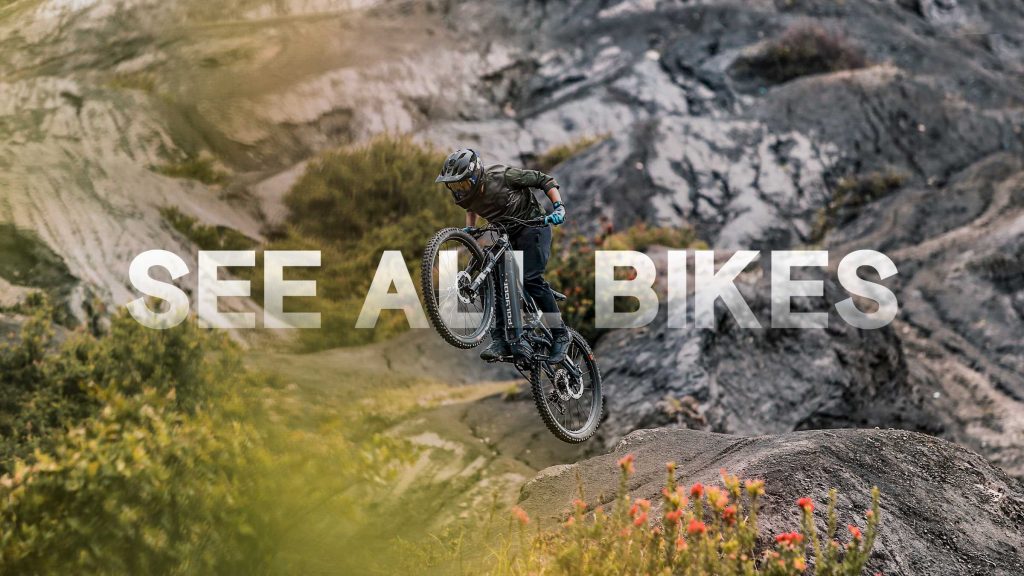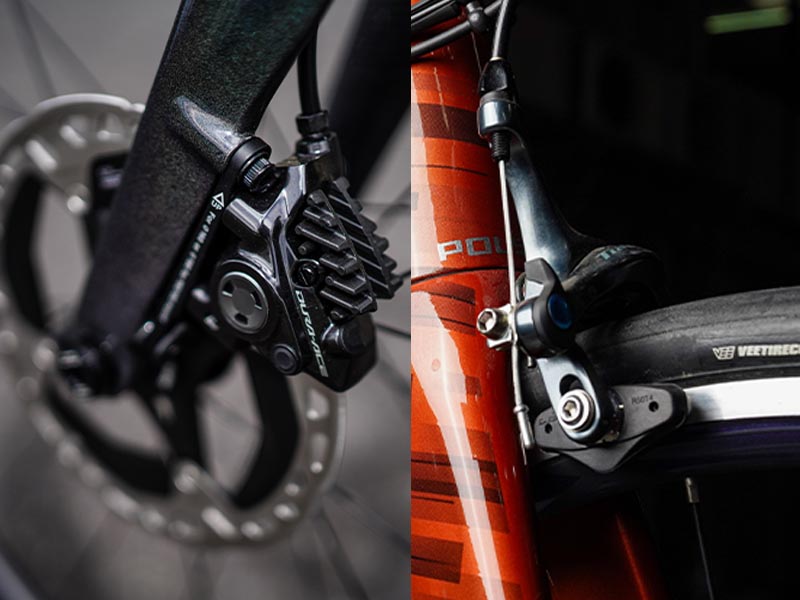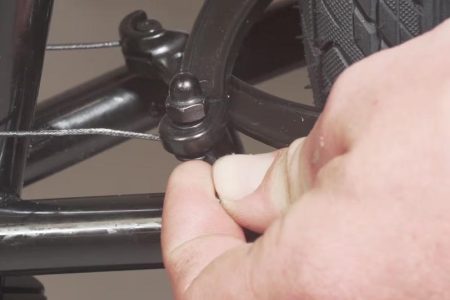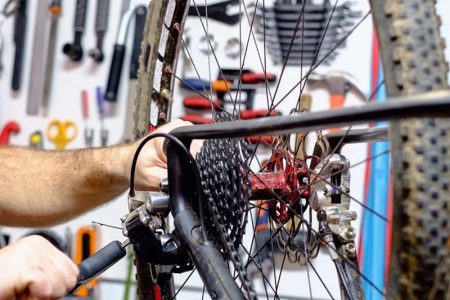Brakes are often overlooked when choosing a road bike, but they play a crucial role in performance, safety, and long-term comfort.
Whether you’re descending a steep mountain pass, weaving through wet city streets, or sprinting to the finish line, the braking system can drastically affect how your ride feels and responds.
Choosing between a rim brake and a disc brake setup isn’t just about preference; it’s about the kind of cyclist you are, the conditions you ride in, and how much maintenance you’re willing to manage. Let’s break down the pros and cons of each system.
Rim Brakes on Road Bikes
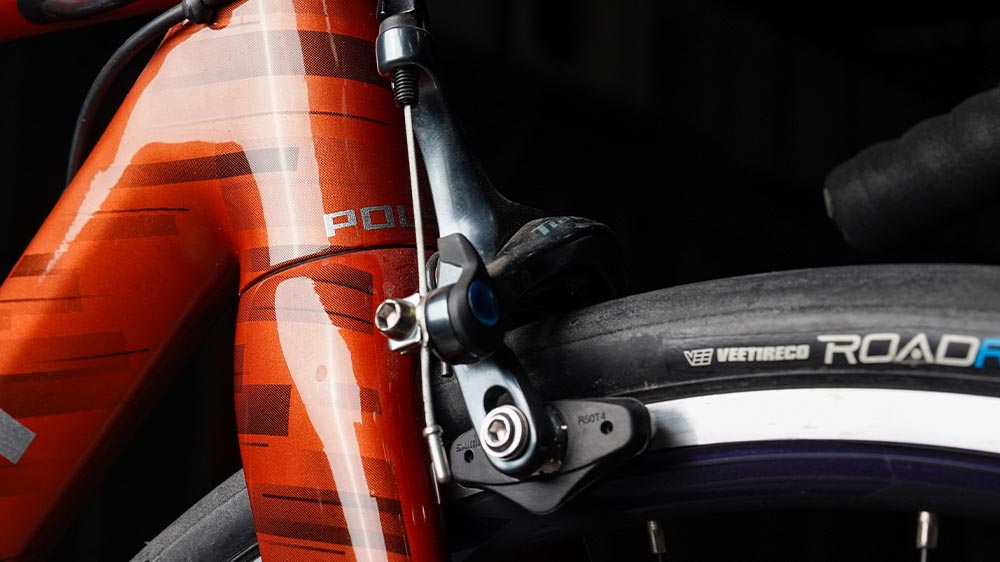
A rim brake is a traditional braking system commonly found on classic road bicycles. It works by applying brake pads directly to the outer edge of the wheel, known as the rim, using a caliper mechanism.
When you pull the brake lever, the pads create friction against the rim, slowing the bike down. Lightweight and mechanically simple, rim brakes have been the go-to choice on road bikes for decades and are still featured on many road bike frames designed for racing or recreational use in dry conditions.
Pros of Rim Brakes
The biggest advantage of rim brakes is their light weight, making them a popular choice for climbing-focused road bikes.
They’re also easy to maintain, with simple mechanical parts and widely available, affordable replacements. Aesthetically, rim brakes offer a sleek and clean look, which many cyclists still prefer.
Cons of Rim Brakes
However, rim brakes can struggle in wet or muddy conditions, where braking power decreases. Over time, they can also wear down the wheel rim, and they may not be compatible with many newer road bike models that are designed for disc brakes.
Disc Brakes on Road Bikes
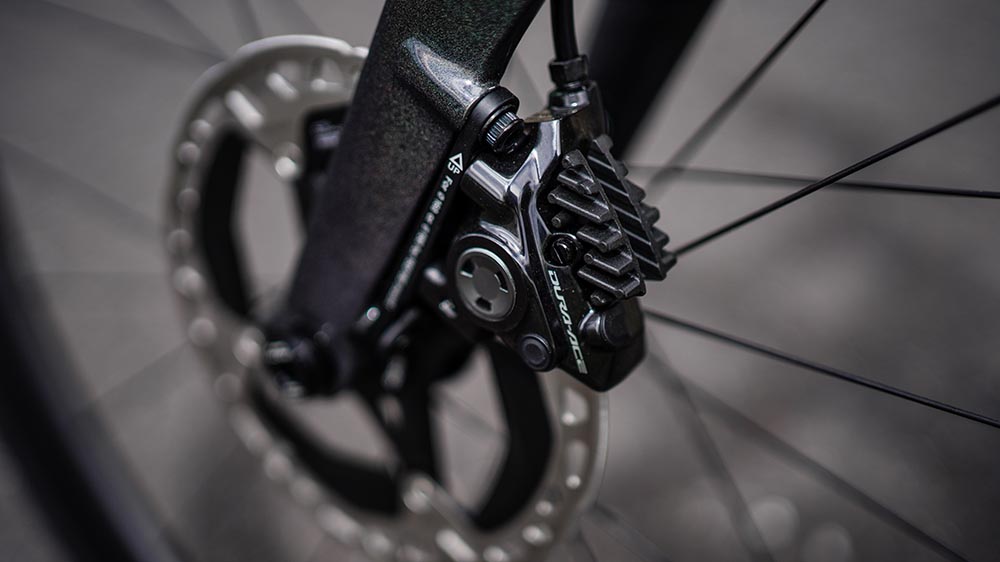
A disc brake system uses a rotor mounted to the hub of the wheel and a caliper that clamps onto it to create stopping force.
Unlike rim brakes, it doesn’t rely on the wheel’s surface, which gives it better braking consistency across different conditions.
In recent years, disc brakes have become the standard on many modern road bikes, especially those designed for endurance, gravel, or all-weather riding. Most new road bike frames are now built specifically to accommodate disc brake components.
Pros of Disc Brakes
The key advantage of disc brakes is their strong and consistent braking power, especially in wet or steep terrain.
They’re better suited for all-weather performance, offer more control, and allow for wider tire clearance. Disc brakes also don’t wear down the wheel rim, preserving the lifespan of your wheels.
Cons of Disc Brakes
On the downside, disc brakes are generally heavier than rim brakes, which may matter to weight-conscious riders.
They can also be more complex to maintain, requiring careful alignment and occasional bleeding for hydraulic systems. Additionally, disc-specific parts tend to be more expensive, which can impact the overall road bicycle cost.
Rim vs Disc Brake: Side-by-Side Comparison
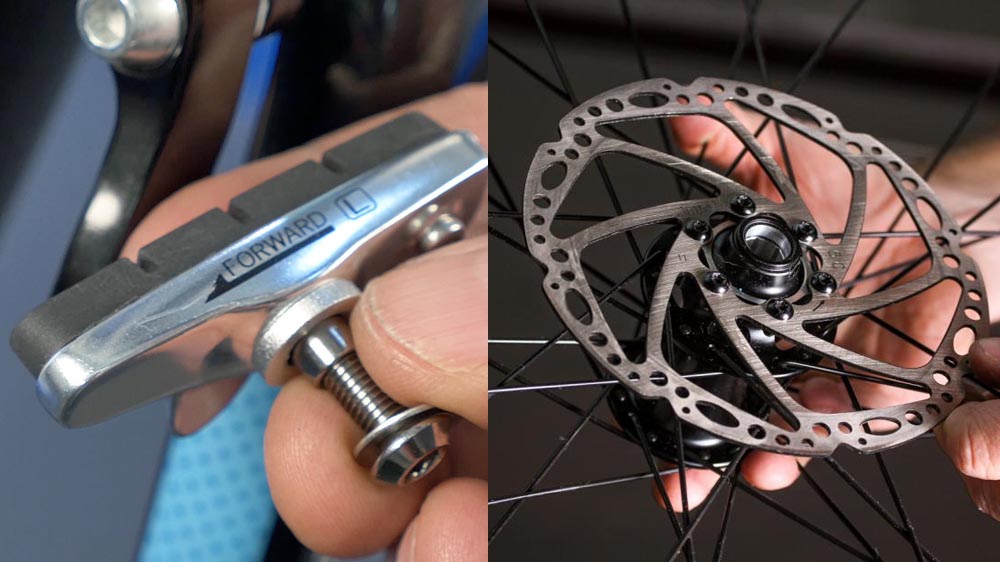
Choosing the right braking system for your road bike depends on your riding style, environment, and maintenance preference. Below is a clear comparison to help you decide between rim brake and disc brake systems.
| Feature | Rim Brake | Disc Brake |
| Weight | Lighter overall setup; preferred by weight-conscious riders | Heavier due to rotors and mounting hardware |
| Braking Power | Moderate stopping power, depending on rim condition | Strong, consistent braking in all terrains and gradients |
| Maintenance | Simple mechanics, easy to adjust, and replace pads | Requires more tools and expertise, especially for hydraulics |
| All-Weather Performance | Less effective in wet or muddy conditions | Reliable braking in all weather, including rain and gravel |
| Compatibility | Suited to older or classic road bicycle designs | Standard on most modern road bikes and frames |
This breakdown highlights the practical differences that matter on the road. Whether you’re chasing grams or need power in the rain, the rim vs disc brake decision affects how your road bike feels and performs.
Which Brake System Is Right for You?
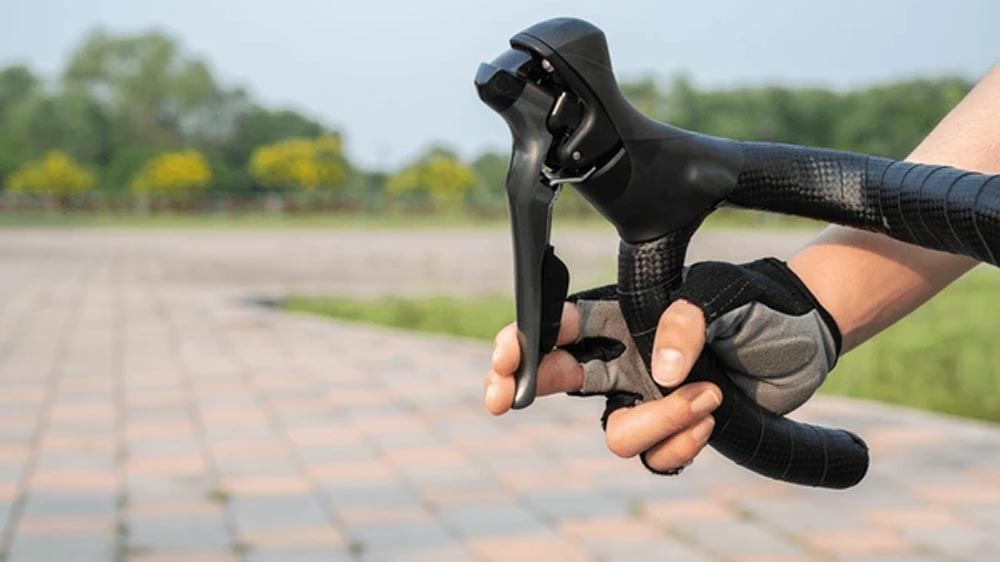
When it comes to choosing between rim vs disc brake, the best option depends on how, where, and why you ride. Both systems have their strengths, and knowing which one fits your needs will help you get the most out of your road bike.
Choose Rim Brakes if:
You ride in dry weather on relatively flat or smooth roads, and you’re looking for a bike that’s lightweight, affordable, and easy to maintain.
Rim brakes are great for traditionalists or racers who want a clean look and value simplicity. Many classic road bike frames still come with rim brake mounts, making this a solid choice for minimalist setups.
Choose Disc Brakes if:
You ride in varied weather conditions, tackle long descents, or often carry gear or extra weight. Disc brakes offer superior braking control and consistency, especially in rain or wet terrain.
If you’re planning endurance rides, bikepacking trips, or just want the latest in road bicycle tech, disc-equipped bikes are the industry standard, plus, most new road bike frames are now optimized for disc systems.
In the ongoing rim vs disc brake debate, there’s no one-size-fits-all answer. It’s about finding the right balance between performance, environment, and your personal riding goals.
Read also:
Conclusion: Rim vs Disc Brake, What’s Best for You?
In the world of road bikes, your braking system can shape your entire ride experience. From climbing hills to descending in the rain, choosing between rim vs disc brake is about more than just performance; it’s about fit, conditions, and future-proofing your bike setup.
Rim brakes are ideal for riders who prioritize a lighter setup, ride mostly in dry conditions, or want a simple and cost-effective braking system.
On the other hand, disc brakes deliver consistent stopping power in all weather, making them a better choice for endurance riders, commuters, or anyone using a modern road bicycle with a disc-specific road bike frame.
Still unsure? Test ride both systems if you can, and consider your daily routes, terrain, and preferences. The best braking system is the one that gives you more confidence, control, and joy every time you hit the road.


